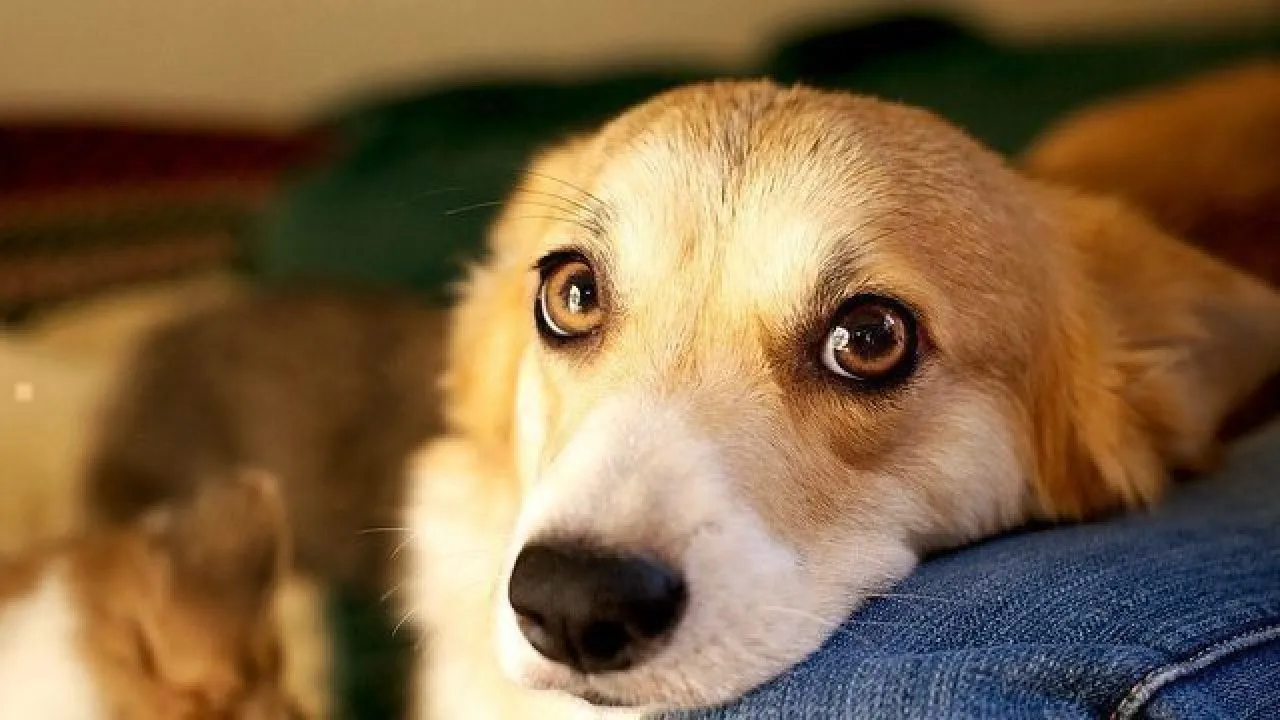Key Takeaways
- Cherry eye involves a slipped, protruding eye gland that is caused by a birth defect.
- It is a pink mass on the inside corner of a dog’s eye.
- Cherry eye can occur in just one of both of a dog’s eyes.
- Surgery may be required to remove or replace the eye gland.
- There are no preventative measures to avoid cherry eye other than consistently observing your dog’s health.
Table of Contents
While puppies’ bodies are developing, they’re more vulnerable to illness and injury than full grown dogs; however, the eyes are particularly susceptible to several conditions no matter what stage of life your pup is in. Regularly inspect your puppy for any abnormalities and schedule veterinary checkups as instructed should you see any of the following symptoms or conditions.
Cherry eye
Cherry eye refers to a slipped, protruding eye gland, caused by a birth defect. It’s aptly named because the protrusion is pinkish-red, like a cherry. Some breeds are more predisposed to the condition, such as Cocker Spaniels, Bulldogs, Beagles, Bloodhounds, Lhasa Apsos, and Shih Tzus.
- The sole symptom of cherry eye is a pink mass on the inside corner of your dog’s eye. It can occur in one or both eyes.
Your vet will examine the mass and determine if there is an underlying cause which also requires treatment. Surgery is almost always required, either to remove or replace the gland. Sometimes anti-inflammatory medications are given to reduce swelling. Unfortunately, there are no preventative measures that can be taken other than being proactive if something abnormal is visible in their eyes.
Eye infections in newborns
Opthalmia neonatorium is a bacterial infection contracted at or around the time of the puppy’s birth that can lead to blindness if left untreated. Mothers can pass it on during labor or it can develop in an unclean birthing environment.
Symptoms include:
- Eye discharge
- Stuck or sealed eyelids
- Inflammation and redness
- Bulging eyeballs
- Corneal sores
A detailed medical history of an infected puppy and its mother will be taken, along with a physical examination. Testing of eye discharge, urine, and blood may also be taken. Treatment includes gentle washing of your puppy’s eyes to get rid of infected materials. Warm compresses should also be applied as part of a home treatment to prevent the eyelids from sticking together again. A topical antibiotic will also be prescribed to eliminate the infection.
To prevent an eye infection in newborn puppies, thoroughly test mothers before, during, and after pregnancy for any signs of infection.
When your dog is young, it’s easy for them to contract various infections and injuries older dogs are less susceptible to. Keep a close watch on your puppy and schedule regular veterinary appointments. For other eye conditions, read our article 5 Common Eye Conditions in Dogs written by veterinarian Dr. Kristonn Colborn.
The content is not intended to be a substitute for professional veterinarian advice, diagnosis, or treatment. Always seek the advice of your veterinarian or other qualified health provider with any questions you may have regarding a medical diagnosis, condition, or treatment options.
Adopting a new pup? Check out our dog and puppy insurance and learn how you can save up to 90% on vet bills over the course of your canine’s life. You can start by getting a free quote.







